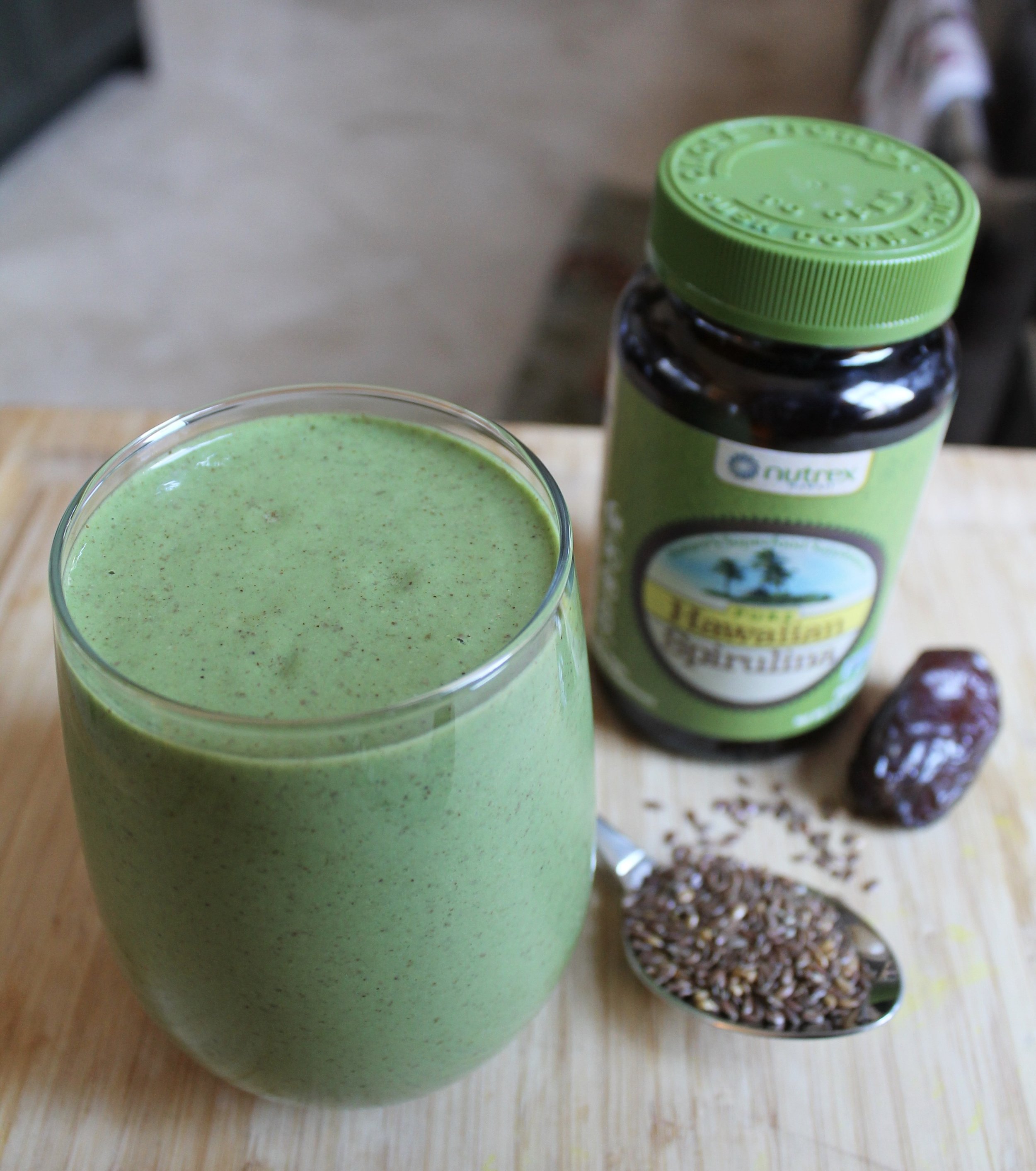What is Spirulina?
Spirulina is a nutrient-dense algae that grows in very alkaline water. The use of spirulina dates back to the ancient Aztecs and continues to be grown across the world and used today.
Spirulina is most popular in plant-based diets because it is extremely high in protein. Having about 4 grams of protein per tablespoon and being gram-for-gram higher in protein than red meat.
Phycocyanin
Spirulina gets its dark blue-green color from the pigment, phycocyanin, which has been shown to aid in lowering blood pressure. Research has shown that regularly consuming spirulina reverses endothelial dysfunction or a disease in which the arteries of your heart narrow. This is quickly becoming one of the main causes of preventable diseases such as heart disease, diabetes and stroke, in America.
Benefits
The anti-inflammatory properties in spirulina have been known to help with sinus issues. Spirulina has been shown to reduce the inflammation that causes nasal itching, congestion and sneezing, diminishing the symptoms of sinus problems. In addition, spirulina has been known to reduce cholesterol, boost energy, offer neuroprotection from brain disorders, and boosts memory.
Spirulina Versus Chlorella
Spirulina is often compared to chlorella because they are both nutrient-rich algae. However, spirulina is higher in amino acids, iron, protein, B vitamins and vitamins C, D and E. It also contains the essential fatty acids your body needs, such as Omega-3. In addition, spirulina is digestible immediately, whereas chlorella has a dense, indigestible, cellular wall. This makes chlorella require processing before consumption. This, along with chlorella being harder to initially harvest, makes it more expensive than spirulina.
Types of Spirulina
Spirulina is grown across the world; however, Hawaiian Spirulina Pacifica provides more gram-for-gram nutrition than any other spirulina on the market. Having 280% more antioxidants than blueberries, 3900% more iron than spinach. Commonly, you can get spirulina in several forms. Chewable tablets, fine powder, flakes and pills/capsules. Because it comes in several forms, it is easy to take as a daily supplement or work into your diet.
My favorite way to incorporate spirulina into my diet is by adding 1 teaspoon of powdered spirulina in smoothies.
Brain Boosting Spirulina Smoothie
Ingredients:
1/3 cup frozen mango or pineapple
1/2 frozen banana
1 tbsp almond butter
1 tbsp flax seeds
1 tsp Hawaiian spirulina powder
1 scoop vanilla plant protein (I use Nuzest)
1 cup dairy-free milk or water
If you make this recipe and enjoy it, be sure to tag @AKFunctionalNutrition on Instagram!





